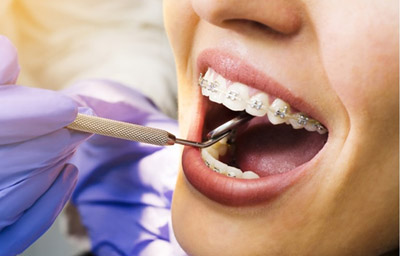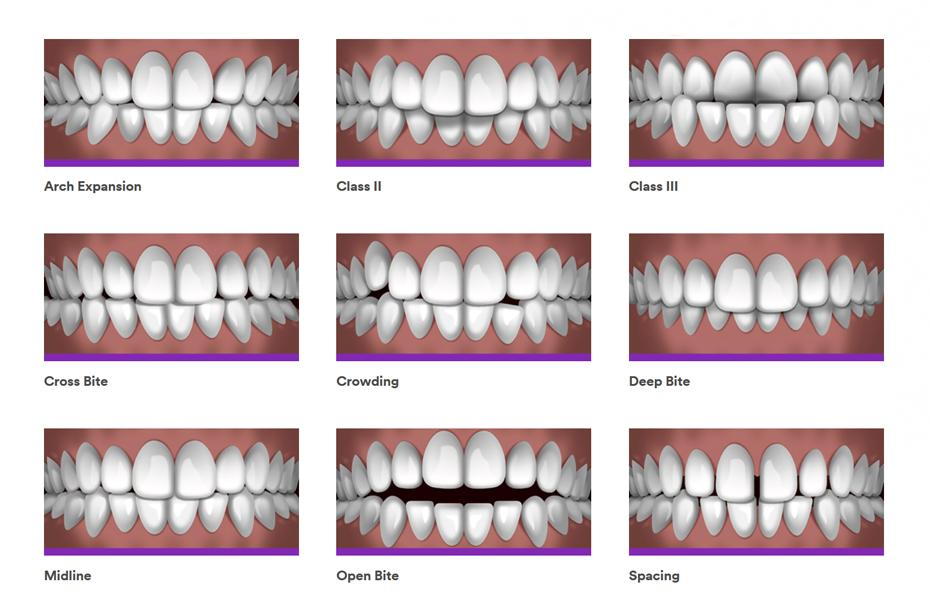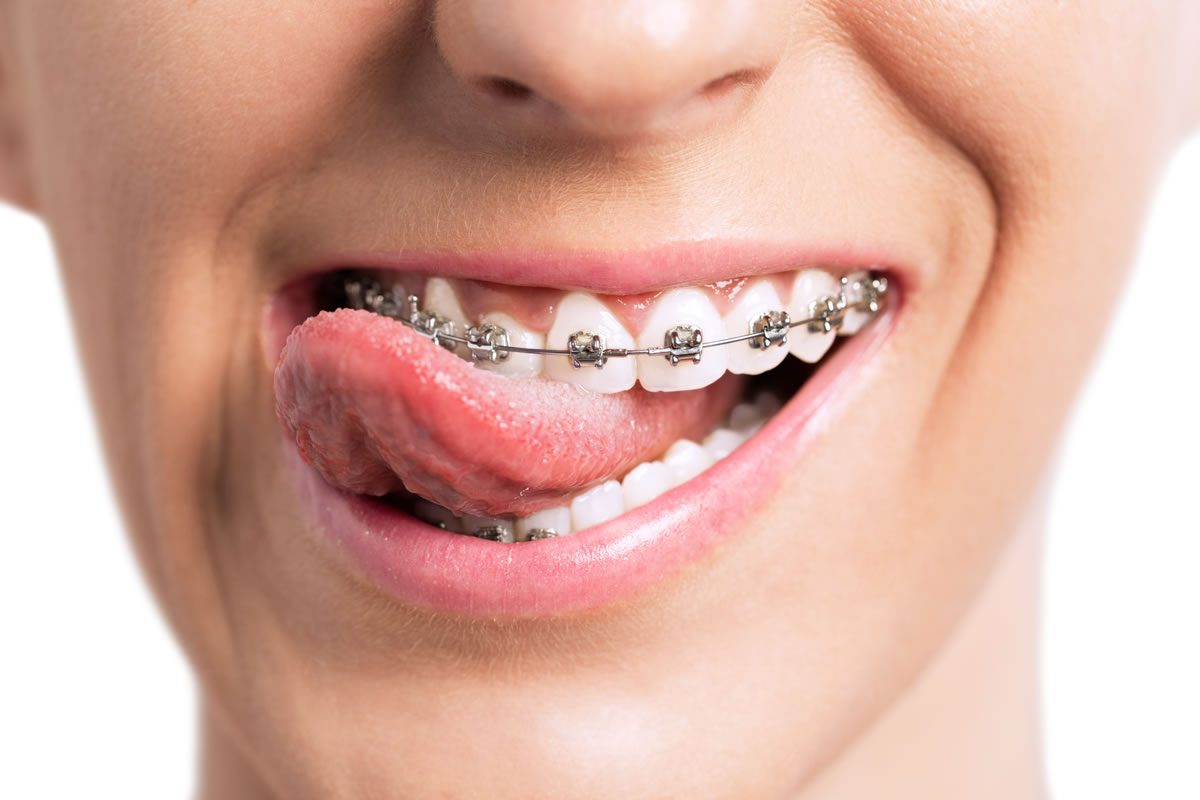Causey Orthodontics Things To Know Before You Buy
The Main Principles Of Causey Orthodontics
Table of Contents9 Simple Techniques For Causey OrthodonticsOur Causey Orthodontics DiariesAll about Causey OrthodonticsThe 7-Minute Rule for Causey OrthodonticsSome Known Questions About Causey Orthodontics.
Overlooking occlusal connections, it was typical to get rid of teeth for a range of dental concerns, such as malalignment or overcrowding. The principle of an intact teeth was not commonly appreciated in those days, making bite connections seem unnecessary. In the late 1800s, the idea of occlusion was essential for developing trustworthy prosthetic replacement teeth.As these principles of prosthetic occlusion progressed, it came to be a very useful tool for dental care. It was in 1890 that the job and influence of Dr. Edwards H. Angle started to be felt, with his contribution to modern orthodontics specifically notable. Focused on prosthodontics, he taught in Pennsylvania and Minnesota prior to guiding his focus in the direction of dental occlusion and the treatments required to keep it as a normal condition, therefore coming to be recognized as the "dad of contemporary orthodontics".

The idea of optimal occlusion, as postulated by Angle and incorporated right into a classification system, enabled a change in the direction of treating malocclusion, which is any kind of inconsistency from regular occlusion. Having a full collection of teeth on both arcs was highly demanded in orthodontic therapy due to the demand for precise relationships in between them.
How Causey Orthodontics can Save You Time, Stress, and Money.
As occlusion came to be the essential top priority, facial percentages and aesthetic appeals were disregarded - affordable orthodontist near me. To achieve excellent occlusals without using external forces, Angle proposed that having excellent occlusion was the finest method to obtain optimum facial appearances. With the passing of time, it ended up being rather noticeable that even an outstanding occlusion was not suitable when considered from an aesthetic factor of sight
Charles Tweed in America and Raymond Begg in Australia (who both examined under Angle) re-introduced dentistry extraction into orthodontics during the 1940s and 1950s so they could improve facial esthetics while also guaranteeing better stability concerning occlusal relationships. In the postwar period, cephalometric radiography begun to be made use of by orthodontists for gauging adjustments in tooth and jaw placement created by development and treatment. It ended up being apparent that orthodontic therapy could readjust mandibular growth, causing the development of practical jaw orthopedics in Europe and extraoral force measures in the United States. Nowadays, both useful home appliances and extraoral devices are applied around the world with the purpose of modifying development patterns and forms. Going after true, or at the very least enhanced, jaw connections had come to be the primary objective of therapy by the mid-20th century.
The Greatest Guide To Causey Orthodontics
 Until the mid-1970s, braces were made by covering metal around each tooth. https://the-dots.com/users/jerry-stafford-1692367., it came to be possible to instead bond metal braces to the teeth.
Until the mid-1970s, braces were made by covering metal around each tooth. https://the-dots.com/users/jerry-stafford-1692367., it came to be possible to instead bond metal braces to the teeth.Andrews offered an insightful definition of the optimal occlusion in irreversible teeth. This has actually had meaningful effects on orthodontic treatments that are provided consistently, and these are: 1. Correct interarchal relationships 2. Appropriate crown angulation (suggestion) 3. Right crown disposition (torque) 4. No turnings 5. Limited get in touch with factors 6. Flat Curve of Spee (0.02.5 mm), and based on these principles, he found a treatment system called the straight-wire home appliance system, or the pre-adjusted edgewise system.
The advantage of the design depends on its brace and archwire mix, which needs only minimal wire flexing from the orthodontist or medical professional (family orthodontics). It's aptly named hereafter attribute: the angle of the slot and thickness of the brace base eventually figure out where each tooth is situated with little need for added control
The smart Trick of Causey Orthodontics That Nobody is Discussing
Both of these systems employed the same braces for each and every tooth and demanded the flexing of an archwire in three aircrafts for finding teeth in their wanted settings, with these bends determining supreme positionings. When it concerns orthodontic devices, they are divided right into two types: detachable and repaired. Detachable appliances can be handled and off by the person as required.

Therefore, practically all modern set appliances can be considered variants on this edgewise appliance system. Early 20th-century orthodontist Edward Angle made a significant contribution to the globe of dental care. He created 4 distinct device systems that have been used as the basis for lots of orthodontic treatments today, preventing a few exemptions.
Everything about Causey Orthodontics

The cord ended in a thread, and to relocate forward, a flexible nut was utilized, which allowed for a rise in area. By ligation, each private tooth was connected to this large archwire (emergency orthodontist near me). Because of its limited series of movement, Angle was incapable to accomplish precise tooth placing with an E-arch
These tubes held a soldered pin, which can be repositioned at each appointment in order to relocate them in place. Referred to as the "bone-growing home appliance", this contraption was thought to encourage much healthier bone growth because of its potential for moving force straight to the roots. Nonetheless, implementing it verified bothersome actually.